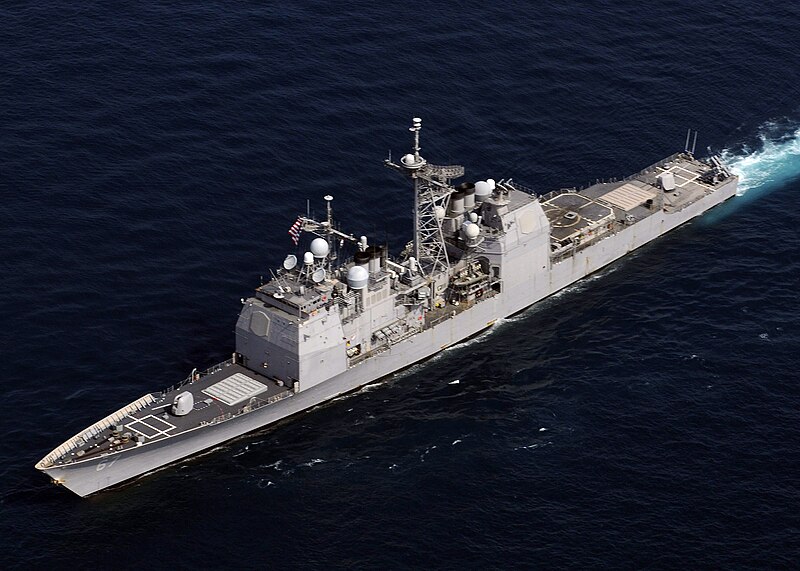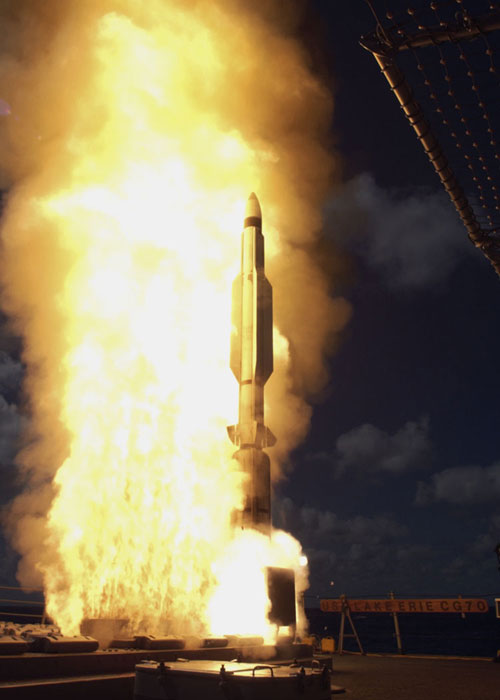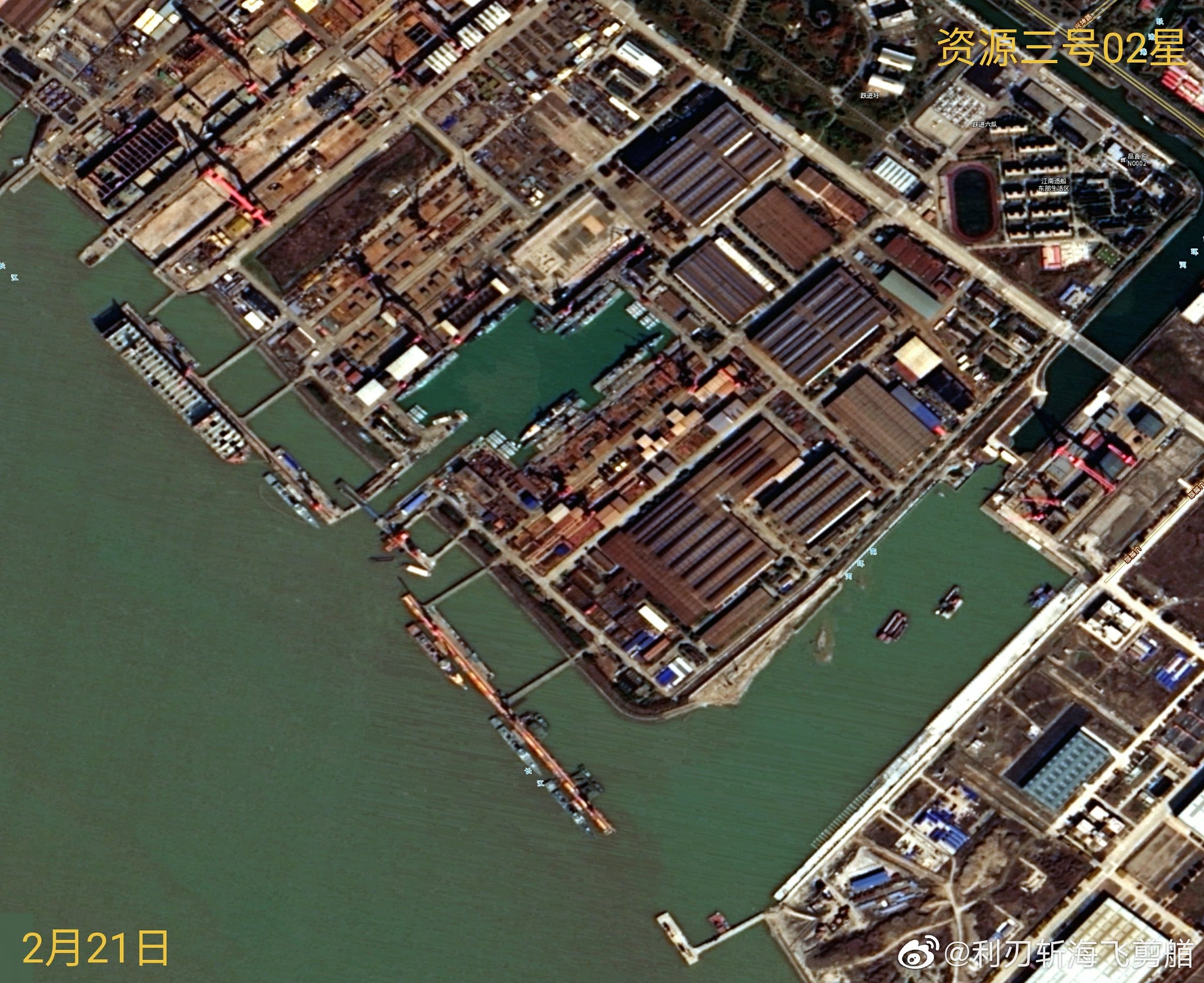"Originally Posted by Blackpool88
Desertswo, I'm only quoting to get your attention.
I have a question as a complete layman on Navy matters (BD I would like your view too) - If an Arleigh Burke class destroyer was with a carrier group and an enemy launched a saturation attack of anti ship missiles on the carrier, how confident would you be that the Aegis (or whatever system they use) could handle and eliminate the threat?"
I'm just trying to understand if they could realistically get at a US carrier group in this way. Would also be interesting to see how a Type 45 would handle this situation as their respective systems both state they are capable of tracking 2000 targets simultaneously.
Also has it ever happened in the recent past?
Your's is a good question, but if you'll pardon me, an also uninformed question, because it starts with the premise that the
Arleigh Burke/Ticoderoga-class are stand alone weapons systems, and not part of an interconnected whole. Here are some pictures that will sort of make my case. They are in order of where and when they come into play.




It's all predicated on the concept of "defense in depth." We have the advantage of the E-2C/D as the eye in the sky. I wish I could tell you exactly what that gives us, but suffice it to say, she's a game changer. She is controlling the CAP made up of, usually, a pair of F-18E/F Super Hornets. She is also feeding, by direct data link, the rest of the ships in the battlgroup, the first of which will often be a Ticonderoga-class posted well away from the main body, out on the threat axis, in what used to be called Positive Identification Radar Advisory Zone (PIRAZ). I honestly don't know what they call it now, but the concept is the same: separate the wheat from the chaff. Anything passing over or near that ship will be challenged and fired upon if necessary. Then the enemy enters the Fighter Engagement Zone (FEZ), where a whole bunch more F-18s are weighting to pounce. Then the Missile Engagement Zone (MEZ) where the various versions of SM come into play. At around the same time, the SLQ-32 is doing all sorts of wonderful stuff. Again, I wish I could tell you what, but it's all sort of voodoo magic, and it works too. Then the Gunfire Engagement Zone, where the MK-45s commence to chopping, then the SRBOC starts popping, and then the Phalanx goes to work. If it gets past all of that, they deserve a hearty "Well done."
Here's the thing though. This premise also assumes the launch platforms got off shots unmolested. Well, "Homey don't play that." In the USN way of war, we go always for the archer first, and not the arrow. It's a much easier problem to solve.




